Is winter bird feeding good or bad for birds? How do blizzards and frigid temperatures affect wildlife? Do you want to spot a snowy owl, or track wildlife in the snow?
We have you covered.
For five years, Cool Green Science has been connecting you to nature: we share the science behind common natural phenomena so that you can better understand the creatures in your neighborhood, and suggest nature adventures that provide richer experiences with wildlife.
Winter in northern climes is not always pleasant, but it can also be one of the most rewarding times for both budding and experienced naturalists. Bird feeding is one of the most popular nature hobbies. Other creatures are highly visible, or leave easy-to-follow signs in the snow.
Here is a digest of our winter wildlife content, with stories on how wildlife survives and thrives in the winter, and others on fun winter wildlife experiences for you. So bundle up, and get out there among the wild things.
-
Is Winter Bird Feeding Good or Bad for Birds?
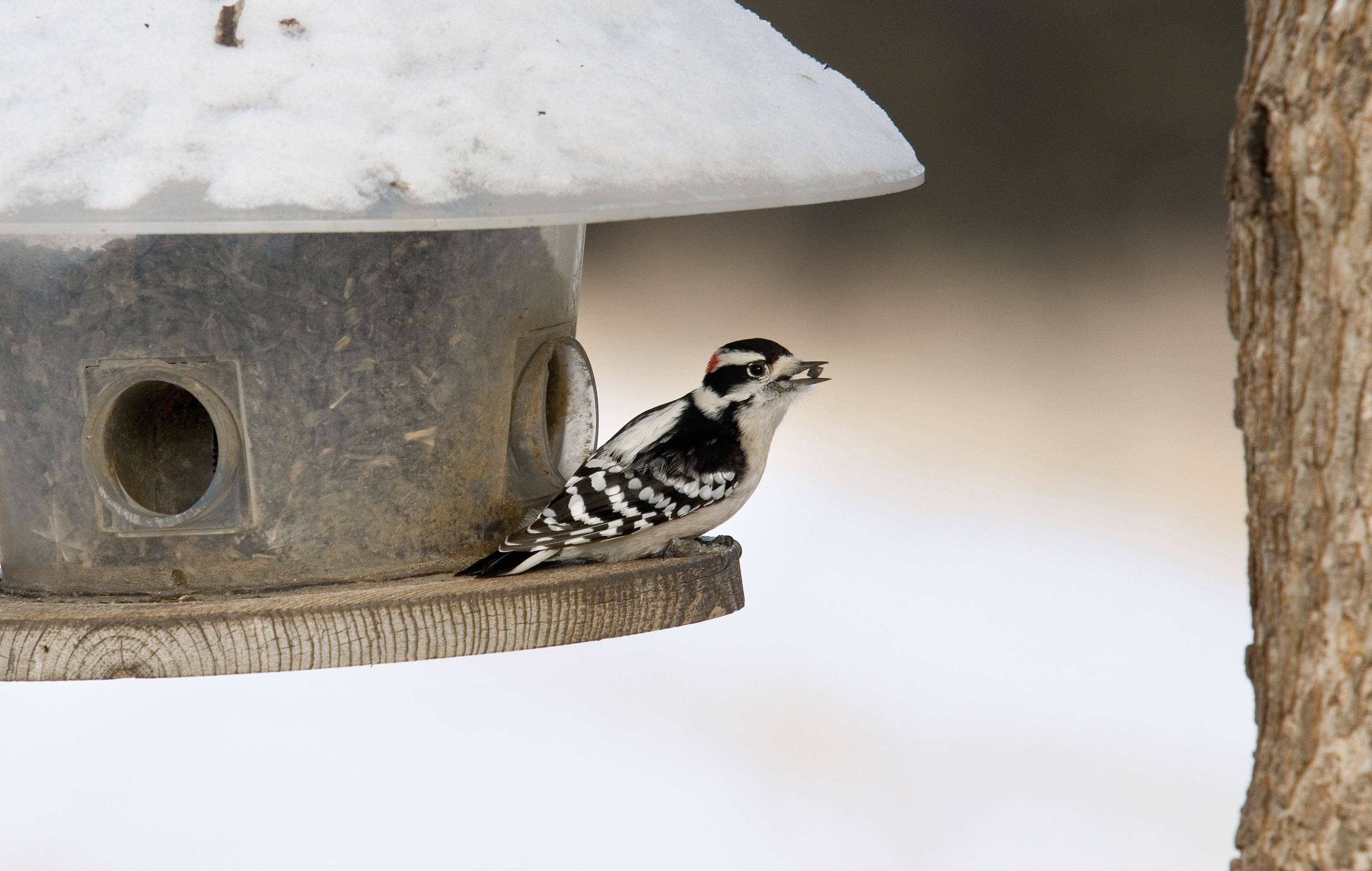
A downy woodpecker at a winter bird feeder. Photo: © Chris Helzer/TNC. More than 40 percent of U.S. households feed their backyard birds, and in the United Kingdom, the rate is as high as 75 percent. Despite the widespread popularity of bird feeding, scientists are still building a basic understanding of its impacts.
Ornithologist Joe Smith breaks down the science and how you can most responsibly feed birds this winter. Read more.
-
Top Winter Wildlife Experiences
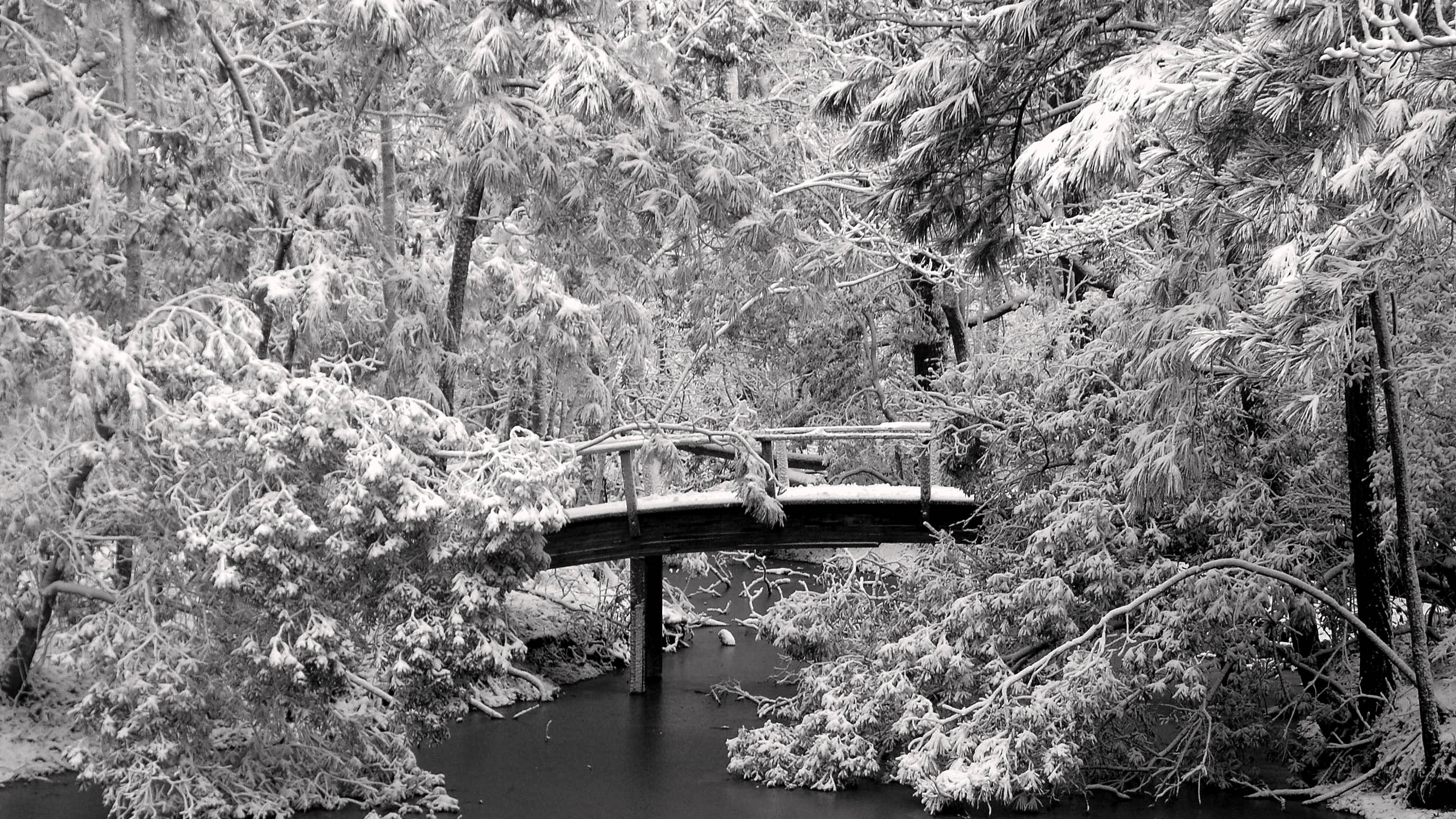
Stopping by woods on a snowy evening. Photo © Bob Muller/Flickr through a Creative Commons license A naturalist can find interesting critters at any season, but I’ve always found winter adventures to be some of the best (and most family friendly).
In colder climes, the lack of tree cover and a white snowy backdrop makes finding birds and other wildlife easier – even in cities and suburbs. So pull on some warm clothes, grab your field guide and binoculars, and head outside.
-
A Field Guide to Tracking in Your Neighborhood
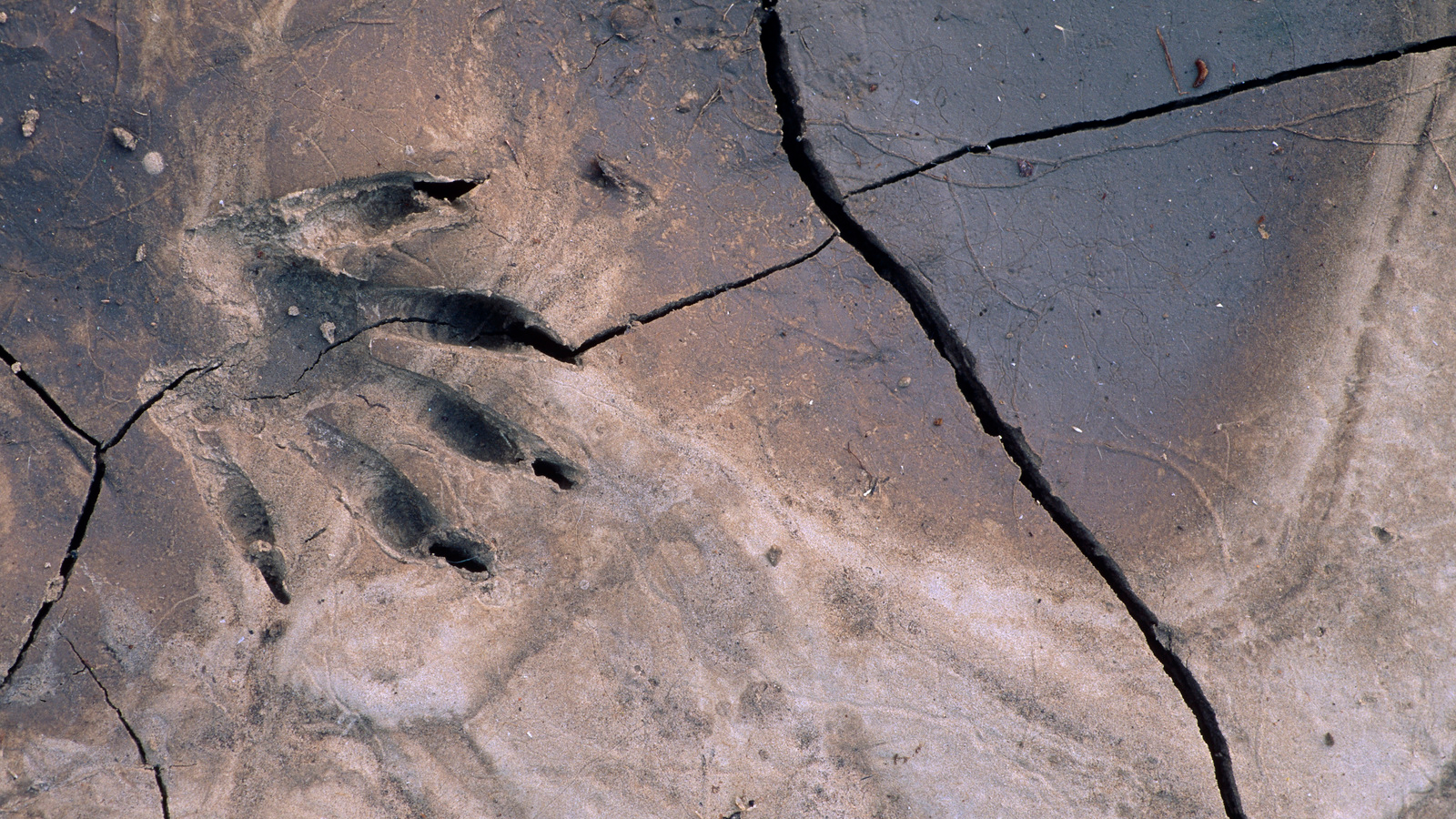
Raccoon track in mud along stream. Sarpy County, Nebraska. October 1996. Central Tallgrass Prairie Ecoregion. Photo © The Nature Conservancy (Chris Helzer) Tracking is one of the most family-friendly wildlife activities; you can enjoy it anywhere there is a patch of open ground. Kids love deciphering the mysteries of animal tracks. Even my two-year-old son loves checking out the tracks in our yard.
Following tracks is often the best way to learn habits of undisturbed wildlife. And best of all, it’s easy. Here’s a guide to some of the most common tracks you might encounter in the snow in North America. Read more.
-
Special Birds To Seek in Winter
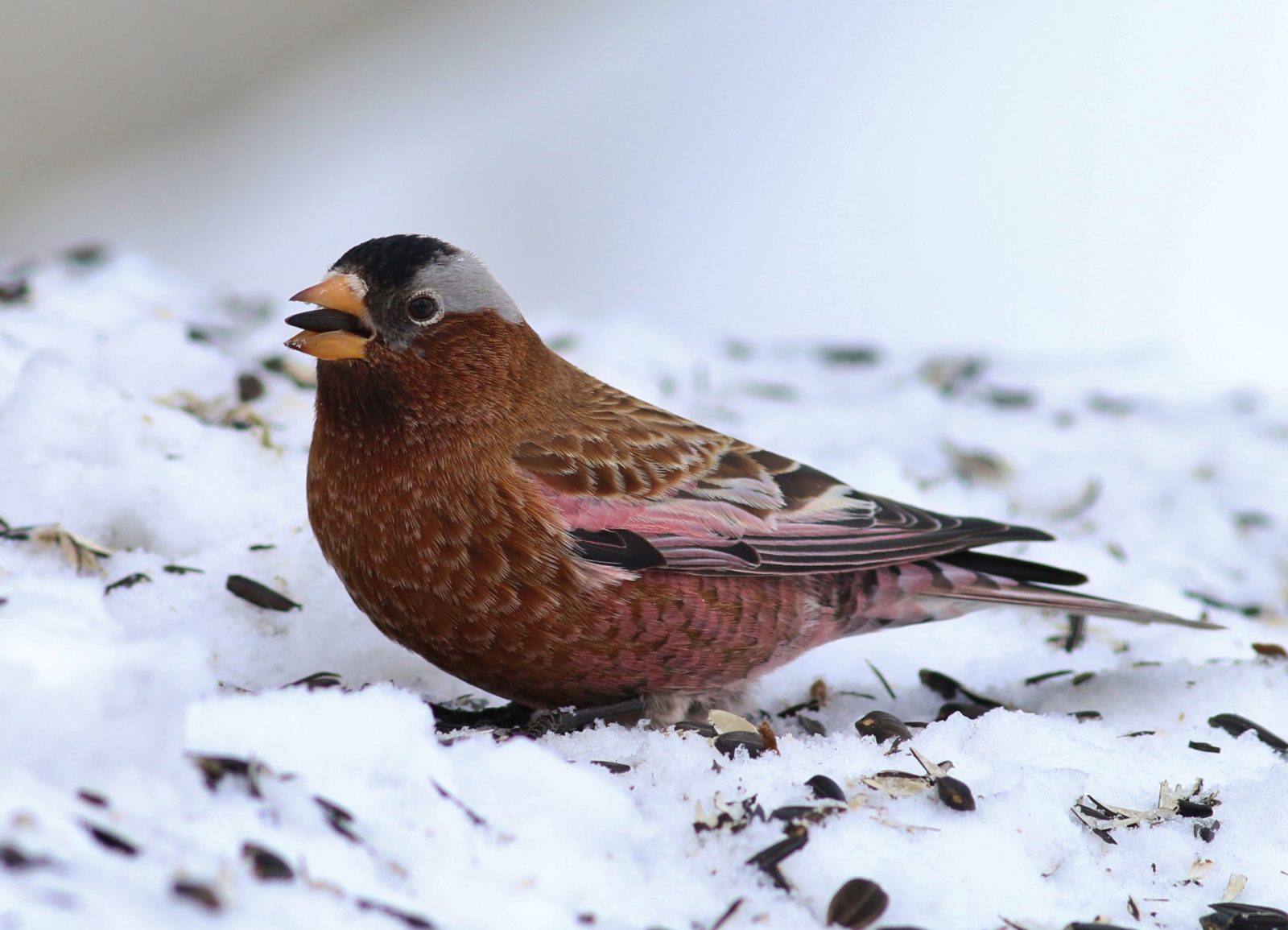
Gray-crowned Rosy-Finch. Photo © Tom Benson / Flickr Winter is not the off-season for birding. Sure, it’s absolutely frigid outside, a meager 20 species is a good day, and by the time January rolls around you never want to see another raft of ducks for as long as you live. (Okay, at least not until next winter.)
But despite the obvious challenges, winter birding is incredibly rewarding. And there are some bird species that you really can only realistically find in winter. Here are ten of them.
You may not have to look far. Many unusual species and rarities show up at bird feeders each winter. Here’s what may show up in your backyard this year.
-
Enjoy the Hooting Season
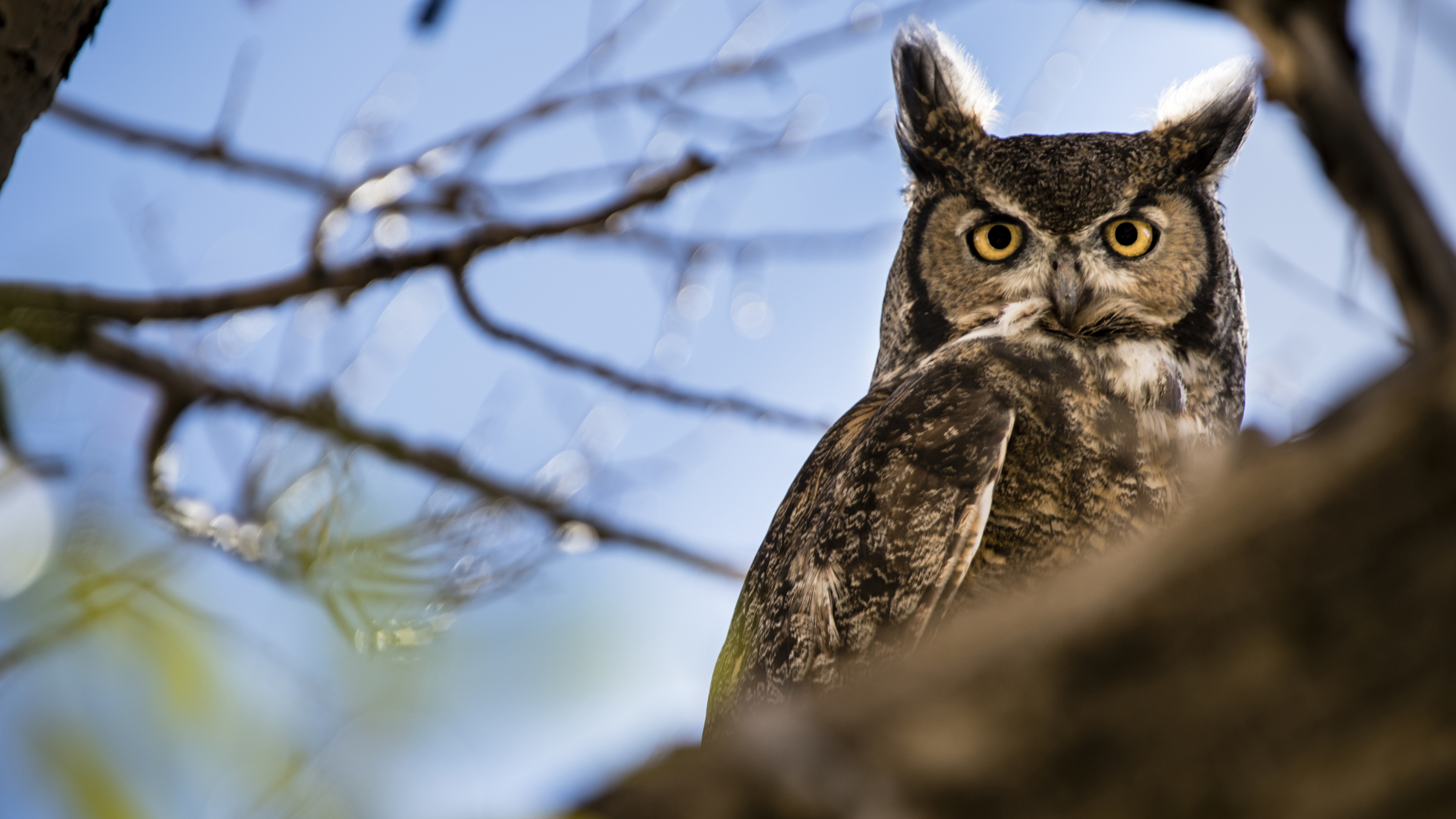
Now is the time to enjoy great horned owls setting up their nesting territories. Photo: © Nick Hall for The Nature Conservancy Great horned owls are found in farmland, suburbia and even city parks. They’re spectacular birds, and never more so when they’re setting up nesting territories. While their “hooting season” began in November, you can still hear and observe the big owls now. Read more.
-
Secrets of the Snowy Owl
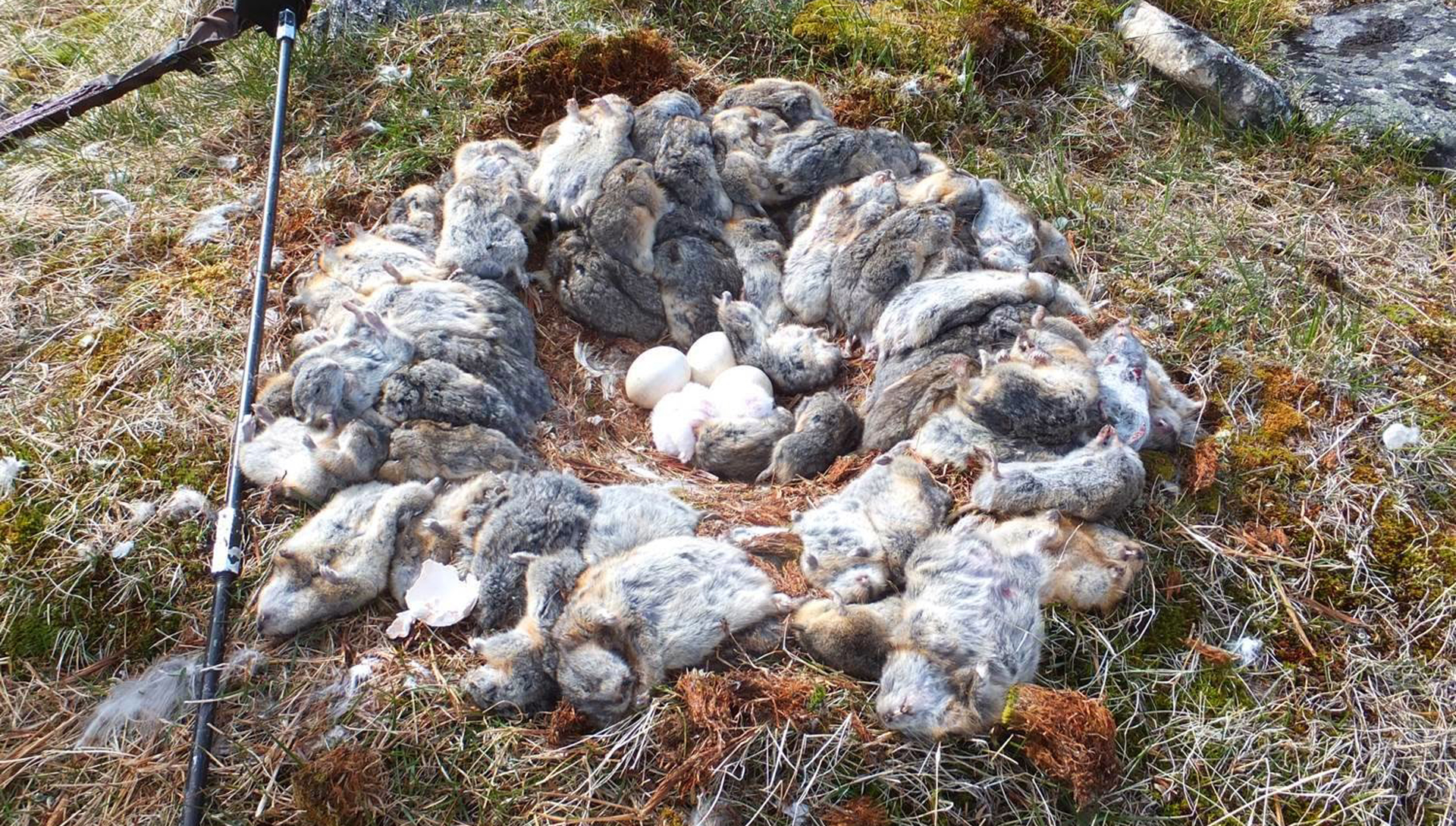
This snowy owl nest is lined with 70+ dead lemmings. Photo: Christine Blais-Soucy Every few years, lots of snowy owls show up far south of their Arctic habitats (and this appears to be one of those years). Why do these owls suddenly appear in fields around Idaho, Missouri and Virginia? Research suggests these “invasions” are tied to lemming abundance. Joe Smith considers the science.
Lemmings are interesting in their own right, and the subject of one of the most popular and enduring wildlife myths. Here’s the real story. (Spoiler: They don’t commit suicide).
Of course, researchers are still trying to understand these invasions, and you can help by recording your observations.
-
How Does Extreme Weather Impact Wildlife?
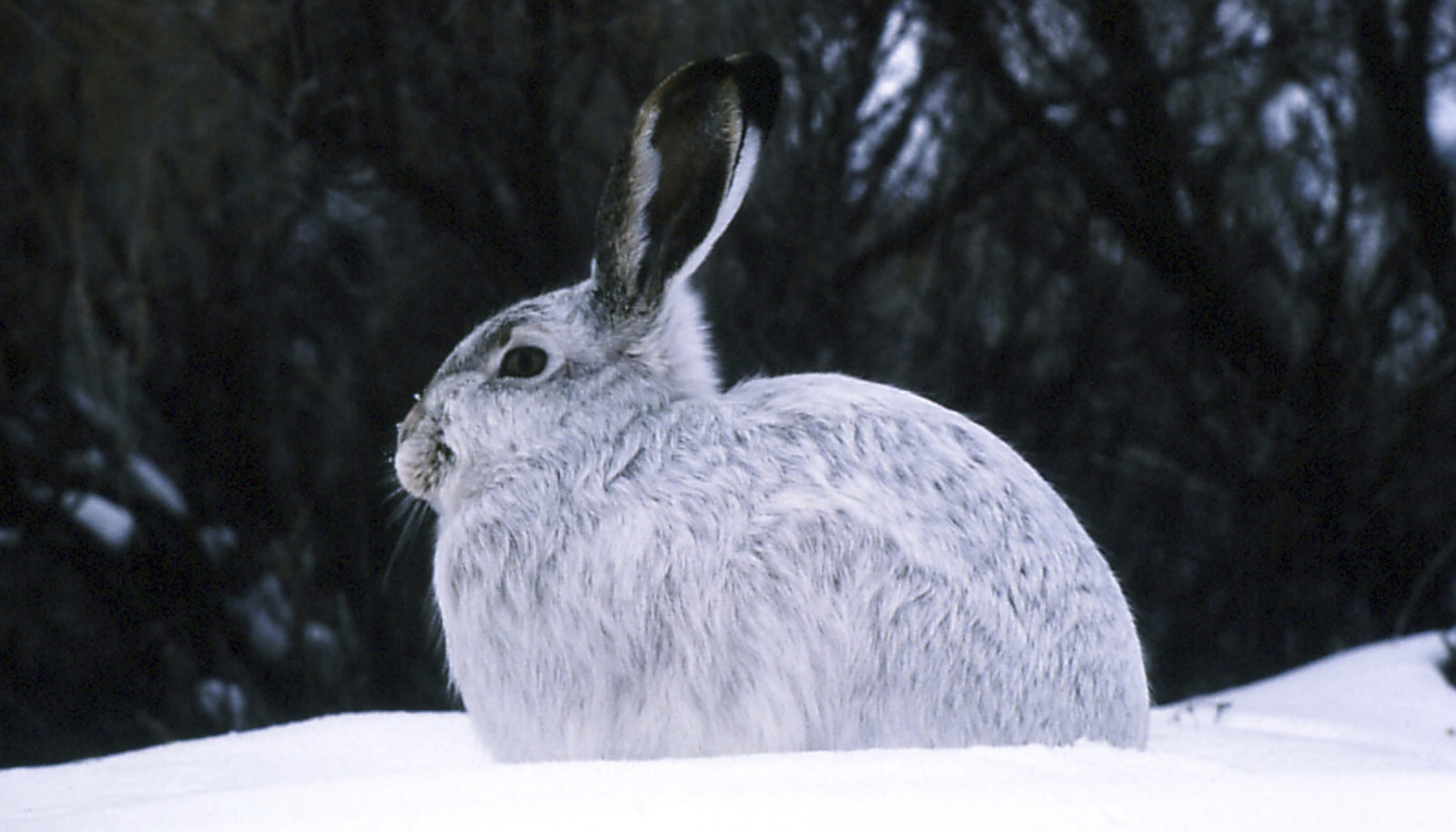
Many wildlife species, like snowshoe hares, are well adapted to survive cold temperatures. Photo: Christopher Brown Many species have evolved adaptations so that they can survive and thrive in the coldest, snowiest conditions. (Here are four of the coolest ways critters get through the winter). Many bird species make use of a variety of shelters – from tree cavities to old shoes – to survive a cold winter’s night, as Joe Smith reports.
There are species, though, that have recently expanded their range due to climate change or other factors. When a cold snap occurs, they’re ill prepared for it.
While it’s difficult to know how this latest bout of frigid weather will impact wildlife in parts of the United States, here are some species that may not fare well.
-
The Grouse in Winter: Reverse Migrations and Snow Caves
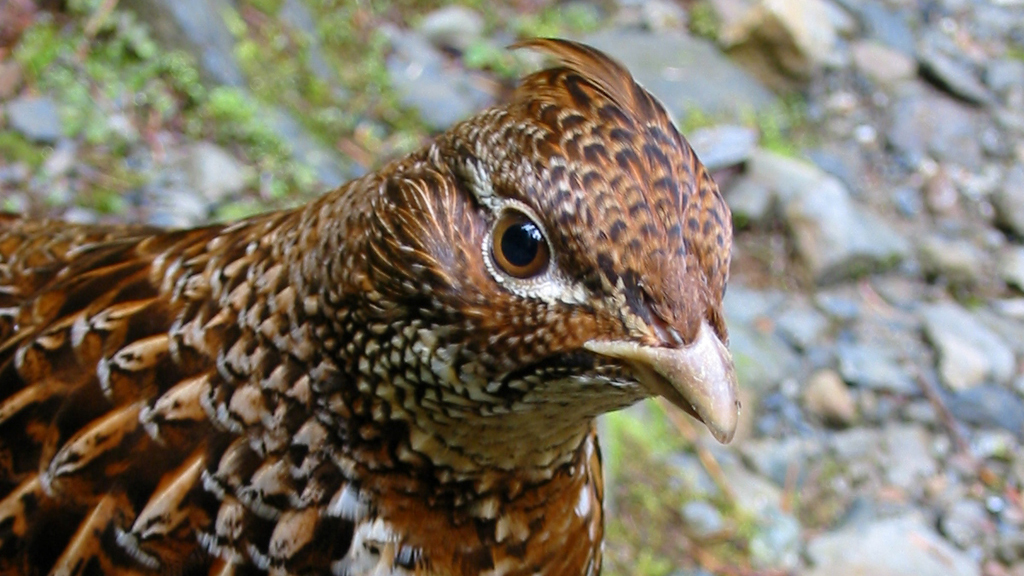
When the snow gets deep, ruffed grouse head under the snow. Photo: Ben Amstutz / Flickr under a Creative Commons license I find the grouse species to be some of the most fascinating creatures in North America, and never more so than winter. The ruffed grouse plunges into fluffy snow, with its body heat creating a snow cave.
The blue grouse actually migrates from low, snow-free elevations to mountains covered with deep snow. Here’s why.
-
Winter on the Hoof
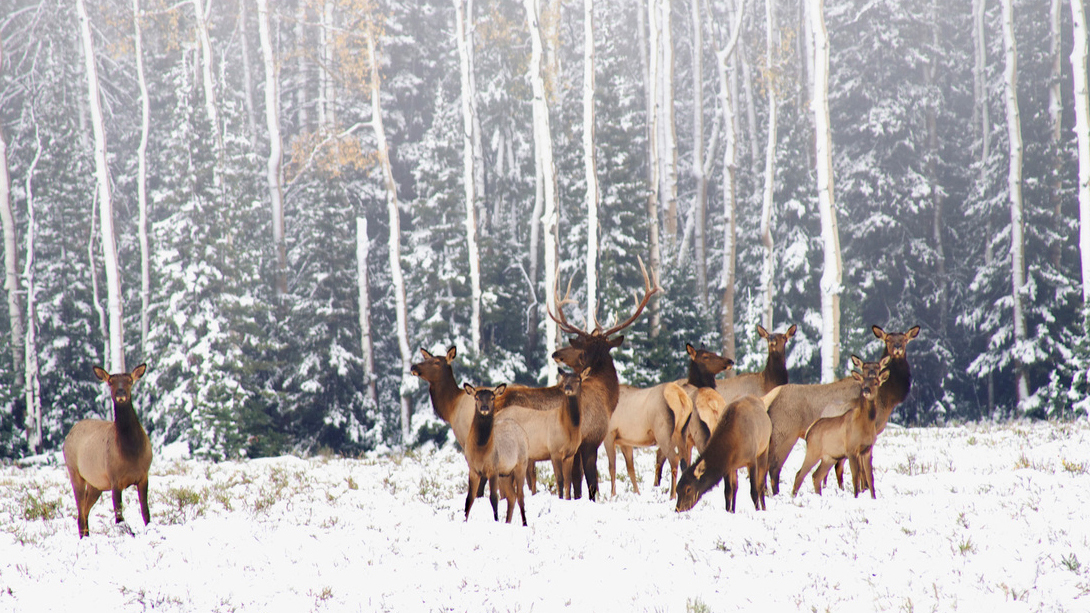
Elk herd grazing in the snow at Cedar Breaks National Monument, Utah. Photo © Denise M. Silva Winter poses special challenges for hoofed mammals in the Western United States. Many of these species are migratory and have specific habitat needs. Outdoor journalist Kris Millgate breaks down how mule deer, elk, pronghorn and moose cope when the weather outside is frightful.
Humans can help these species by avoiding wintering areas. And there’s another threat emerging: as people move closer to wildlife winter range, deer and elk roam into backyards and eat the landscaping. One plant in particular is deadly to ungulates, last year killing dozens of elk and an unknown number of mule deer in Idaho alone. Here’s how to make sure your landscaping isn’t killing wildlife.
-
Turtles and Gar on Ice
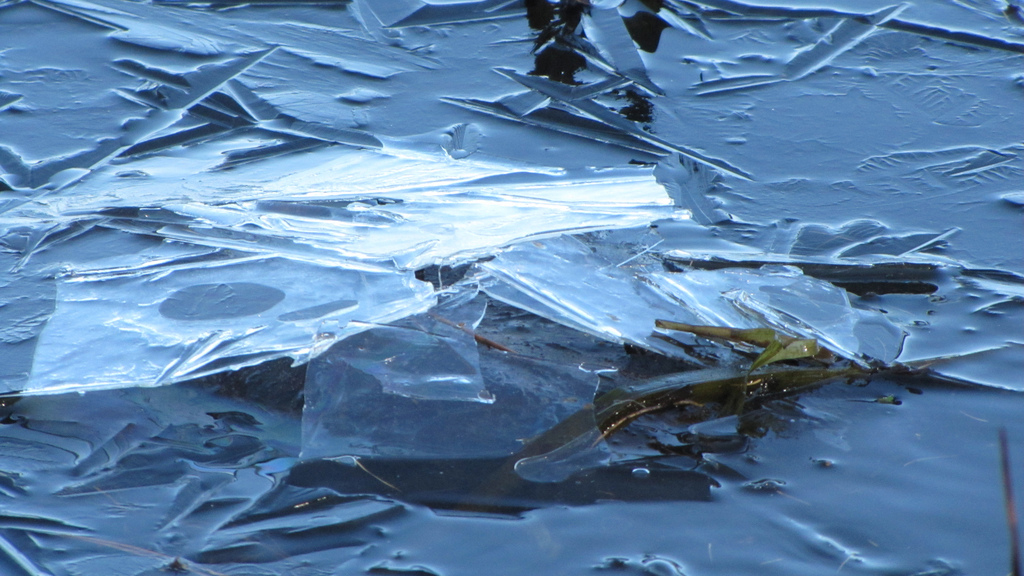
This break in the ice was made by a snapping turtle. Snapping turtles use many of the same winter survival techniques as painted turtles. Photo © Sara Hollerich, USFWS through a Creative Commons license While some species, from snowy owls to elk, are highly visible in the winter, you are unlikely to see turtles. Unless you look under the ice. Seriously: you might see one swimming by. Learn more about how these reptiles survive the coldest temperatures.
Finally, readers of this blog know I have a special love of gar, the toothy, primitive fish that swam with dinosaurs. It turns out that gar also have some of their own adaptations to survive the winter. Gar expert Solomon David has the details in Gar of Thrones: Winter is Coming.
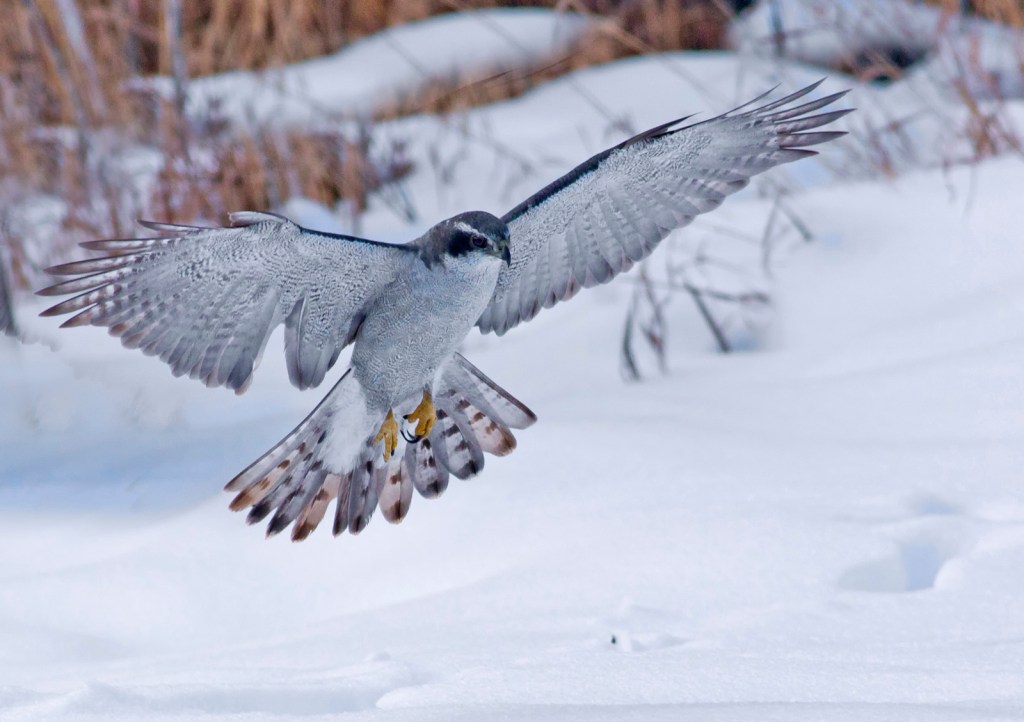



Last year I got to watch a Stellars Jay. I’d never seen one before it was awesome. I live in S.E. Idaho.
:I have always loved trees and the variety of them but I am also interested in learning more
about animals and the facts about them!My brother hooked me up to you and I am interested
in learning more about God’s creatures…
Being inordinately found of turtles (but obviously not too well informed about them) I was delighted to learn about painted turtles ability to deal with the build up of lactic acids during their “hibernation.” Thanks to Nature Conservancy and Cool Green Science for this excellent article of wildlife survival during cold winter conditions.
My daughter wants to know, as do I, how do “Bambi ” and his mother survive the winter since they don’t have nests or a place to hunker down to get out of the snow and cold.
Thank you.